He was the self-proclaimed “murderer of the century” who enjoyed the “God-like” power of butchering his victims, before flushing their remains down the toilet.
Dennis Nilsen even boasted he “could have killed 500 people easily in his lifetime” had he not been stopped.
His atrocious killing spree finally ended 40 years ago when neighbours – and ironically Nilsen – complained about the stench from the drains at his Cranley Gardens address in London.
When a Dyno-Rod man was called to investigate, he found the sewer blocked with white chunks of rotting human flesh.
Immediately after the macabre discovery, the police asked Nilsen: “Are we talking about one body or two?”
The depraved killer responded “sixteen”.
The true horror of his actions was about to be unravelled.
A loner affected by grandfather’s death
Born in Fraserburgh on November 23 1945 to Betty Whyte and Olav Nilsen, his parents’ marriage was never a happy one.
Olav, a Norwegian soldier, met Betty while posted in Scotland, and their three children – Olav Jr, Dennis and Sylvia – were conceived on brief visits home.
They lived with her parents at 47 Academy Road in Fraserburgh, and remained there after Olav walked out on the family when Nilsen was just two.
A lack of father figure saw Nilsen becoming very close to his maternal grandfather. They enjoyed long walks along the coast, and his death when Nilsen was six was a seminal experience for the young boy.
He saw his grandfather’s body in an open casket and was told he was “sleeping”, which meant Nilsen would continue to look for him.
The ambiguity of his grandfather’s death had a profound effect on Nilsen; in later life he described how the experience “fused together” his feelings of love and death.
Betty remarried and moved to Strichen with her children and new husband, Adam Scott, with whom she went on to have another four kids.
It was unsettling – Olav Jr said the children were “cut off” from Fraserburgh where life centred around the sea, adding “Strichen was all tractors, cows and turnips”.
Nilsen attended the local school where deputy head teacher Melitta Lee described him as “likeable, very willing and of above-average intelligence”.
Quiet and artistic, he was described as a loner and outsider even then, but he excelled in the village’s Army Cadet Force and received a glowing reference when he signed up for the regulars.
Betty recalled Nilsen’s love of the arts, and expressed surprise when he said he was joining the Army Catering Corps as a chef aged just 15 in 1961.
Learned butchery skills in Army
A boy soldier, Nilsen said he “enjoyed teamwork, the toleration of the Army, and regimental pride”, but fellow squaddies considered him odd.
He also got into the habit of heavy drinking, and learned the butchery and slaughtering skills he’d later use to dismember his victims.
While in the Army, he struggled with feelings of repressed homosexuality and later said he used to pretend to pass out, hoping he’d be fondled by drunk comrades.
He demobbed in 1972 and became a Metropolitan Police officer in London, but soon left to become a civil servant in a job centre.
Nilsen had a relationship with another man, and when it ended, Nilsen would spend lonely evenings depressed, drinking heavily.
He began killing on December 29 1978 when he met a young man in a pub.
He took the vulnerable teenager home, then strangled and drowned him the following morning when he tried to leave, before washing the corpse and taking it back to bed.
Nilsen concealed the body in his Melrose Avenue flat for nearly nine months before burning the chopped remains in his garden.
A necrophile, Nilsen found the dead beautiful, and would defile and stow their bodies.
Later, during his trial at the Old Bailey in November 1983, the jury heard how he had a longing for company, “even if it was only a body”.
Victims were virtually anonymous
The lone males he targeted were victims of the state before they were victims of Nilsen.
Lost, unloved and forgotten by society, failed by the police in life and in death.
Nilsen picked up most of his victims in pubs in Soho, some were addicts, others ‘West-End waifs’ he found sleeping in doorways.
This was typical of Nilsen’s victims – those he befriended were virtually anonymous.
Vagrants entered his home, grateful for the kindness of a stranger, to get a hot meal and a drink.
But barely a soul noticed when they didn’t return.
‘Oh Stephen, here I go again’
It was the discovery of the remains of Nilsen’s final victim, 20-year-old Stephen Sinclair from Perthshire, that finally saw him charged with murder on February 11 1983.
Like the other young men he preyed on, Sinclair was homeless and vulnerable, but also addicted to heroin.
Nilsen encountered Sinclair on Oxford Street and bought him a burger, before taking him back to his Cranley Gardens flat where he strangled him with a tie while in a drug and drink-fuelled stupor.
Nilsen later wrote: “My heart is pounding. I kneel down in front of him. I touch his leg and say: ‘Are you awake?’
“There is no response. ‘Oh Stephen’, I think, ‘here I go again’.”
Nilsen washed the corpse before spending the night sleeping beside it.
He kept the body in a cupboard in his home for eight days before he dismembered it.
“The image of the sleeping Stephen is and will be with me for all of my life”, Nilsen wrote.
Sinclair’s violent death at the hands of a cruel and calculated killer was a far cry from the quiet, rural community of Balbeggie where he grew up with foster parents.
Neil and Elizabeth Sinclair fostered him as a child, but he ceased contact with them when he moved to London in his late teens.
Speaking in February 1983, foster dad Neil said: “It is all very tragic and upsetting for myself and the rest of the family.”
Drains blocked by body parts ended killing spree
By the time Nilsen killed his final victim, he was running out of storage space for bodies and his Cranley Gardens flat had no garden.
He’d boil heads to remove flesh, bin large bones, and bury or stash limbs and torsos to burn at a later date.
Nilsen, unable to resist the urge to kill, resorted to dissecting the corpses into smaller pieces that he could flush down the toilet.
When a repugnant smell began wafting from the drains, neighbours called a drain engineer who found the manhole was full of decaying human flesh.
Under the veil of darkness, a panicked Nilsen tried to remove the decomposing tissue before the police arrived but his suspicious actions were spotted by a tenant.
When arrested on February 9, Nilsen calmly led police to other remains in his foul-smelling flat and openly revealed comprehensive details of his sickening crimes.
Trial heard gruesome details of crimes
Nilsen was convicted of six murders at the Old Bailey, but at times claimed to have killed at least 15 young men.
A self-proclaimed “killer of the century”, Nilsen later admitted in a 1993 TV interview – which the Government tried to ban – that he had invented several of his victims.
But during his trial, the jury were given a list of all the victims and attempted murder victims – 18 in all.
But not all had been identified – the name of the first victim, an Irish teenager, was unknown.
When asked if he had any idea how the man died, Nilsen calmly said: “Yes. My tie was round his neck.
“I think I started with about 15 ties. I have only got one left, a clip-on.”
The trial continued to hear gruesome details of how Nilsen strangled his victims, and dismembered or dissected them, before stashing the remains in his flat.
He put the body parts of his first three victims in suitcases, and their heads in plastic bags, and kept them in an unlocked shed for the summer of 1980, regularly spraying them with disinfectant.
The men he was found guilty of killing, in addition to Sinclair, were: Kenneth Ockendon, 23; Martyn Duffey, 16; Billy Sutherland, 25; Malcolm Barlow, and John Howlett.
Ockenden, a Canadian tourist holidaying in London, was different to his other victims and was in no way a down and out.
But Duffey, the youngest man slaughtered, had a troubled childhood, while Sutherland of Edinburgh was described as a heavy drinker.
Barlow had been an orphan who spent most of his life in care, and Howlett was regularly in trouble with the law.
Nilsen’s crimes saw him found guilty of six counts of murder and two counts of attempted murder, and he was sentenced to life imprisonment on November 4 1983.
Killing took Nilsen to a place of ‘ecstasy and joy’
Nilsen said he was doing his victims a favour, “releasing poor drug addicts, vagrants and epileptics from their misery”.
He explained how killing elevated him to “a high plain of ecstasy, joy and tears”.
And showing little remorse, Nilsen added: “It amazes me I have no tears for myself, or those bereaved by my actions.”


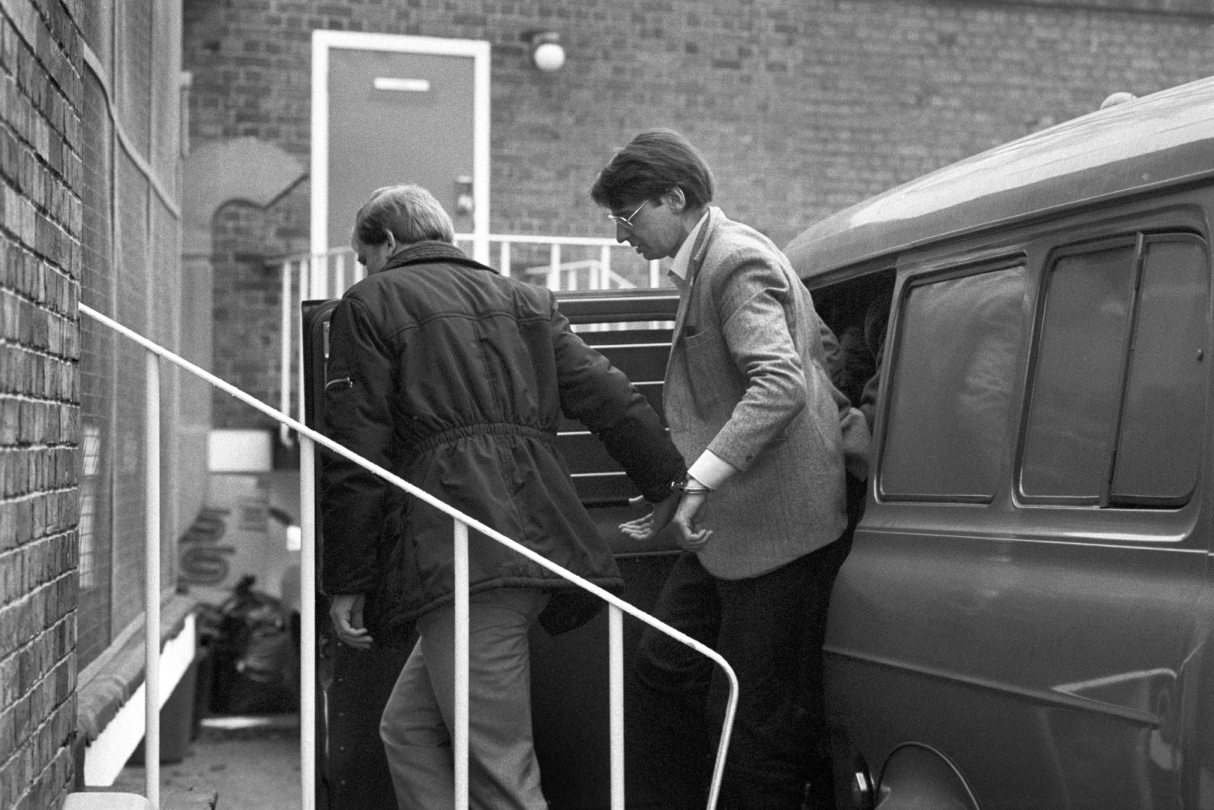
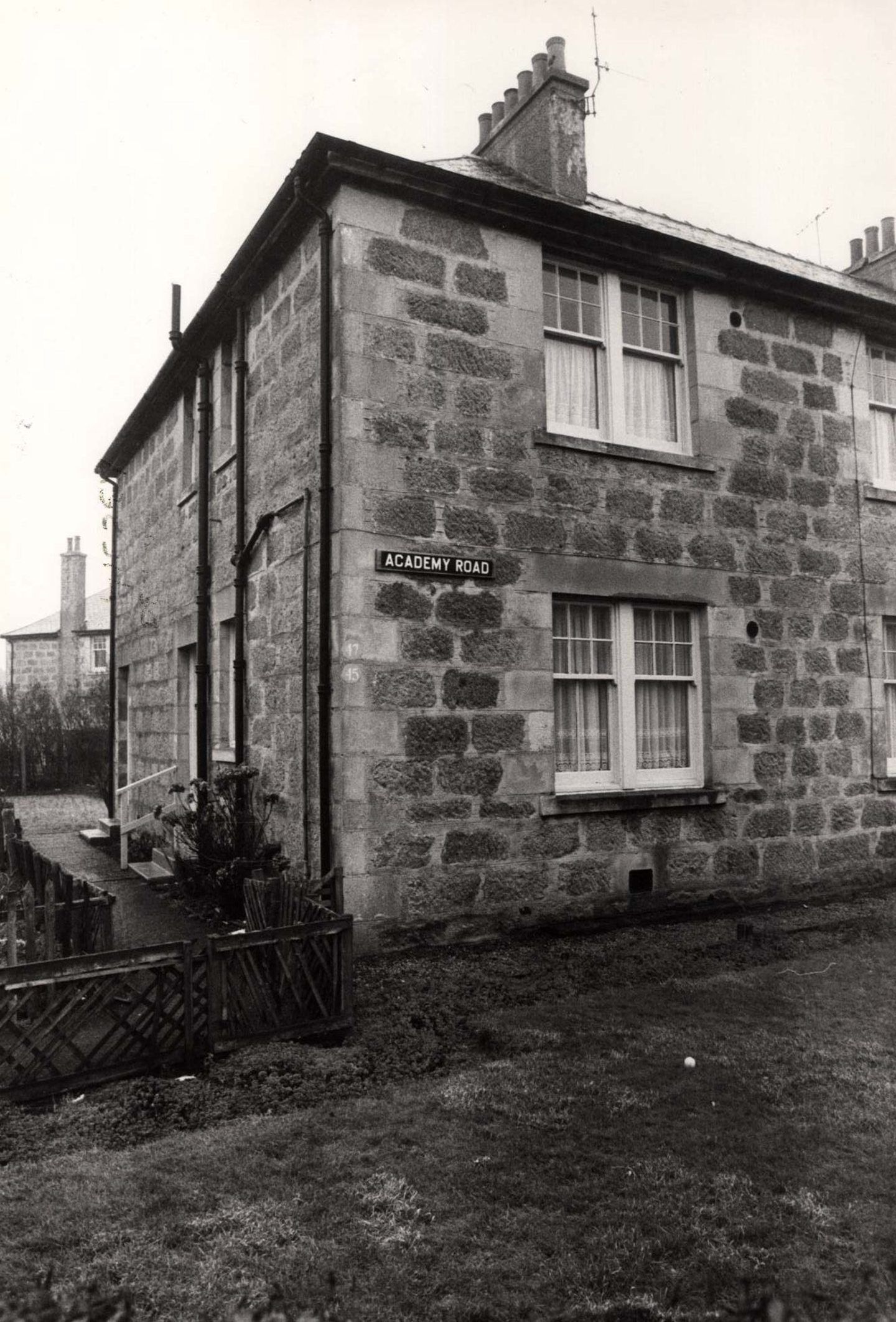

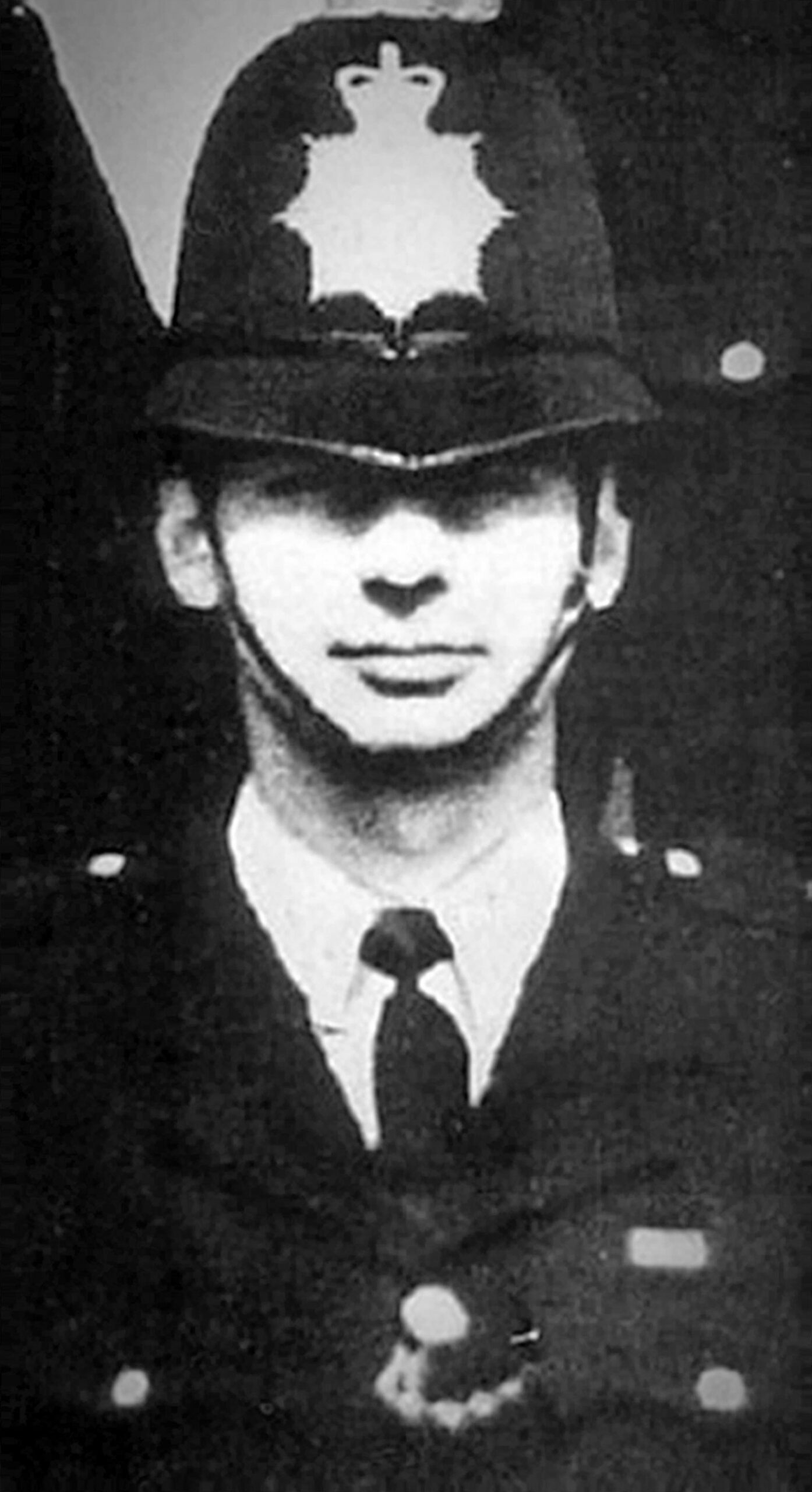
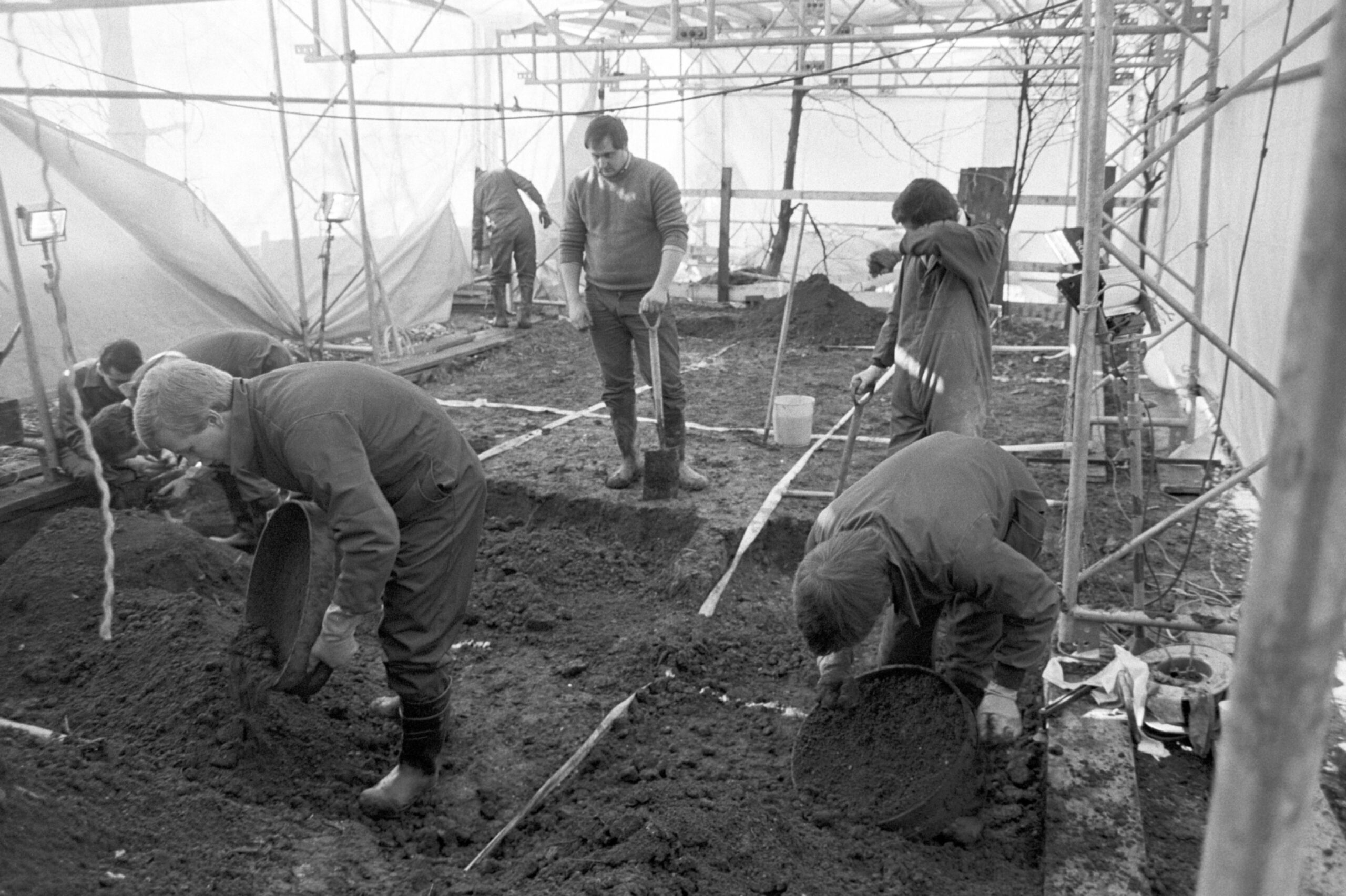
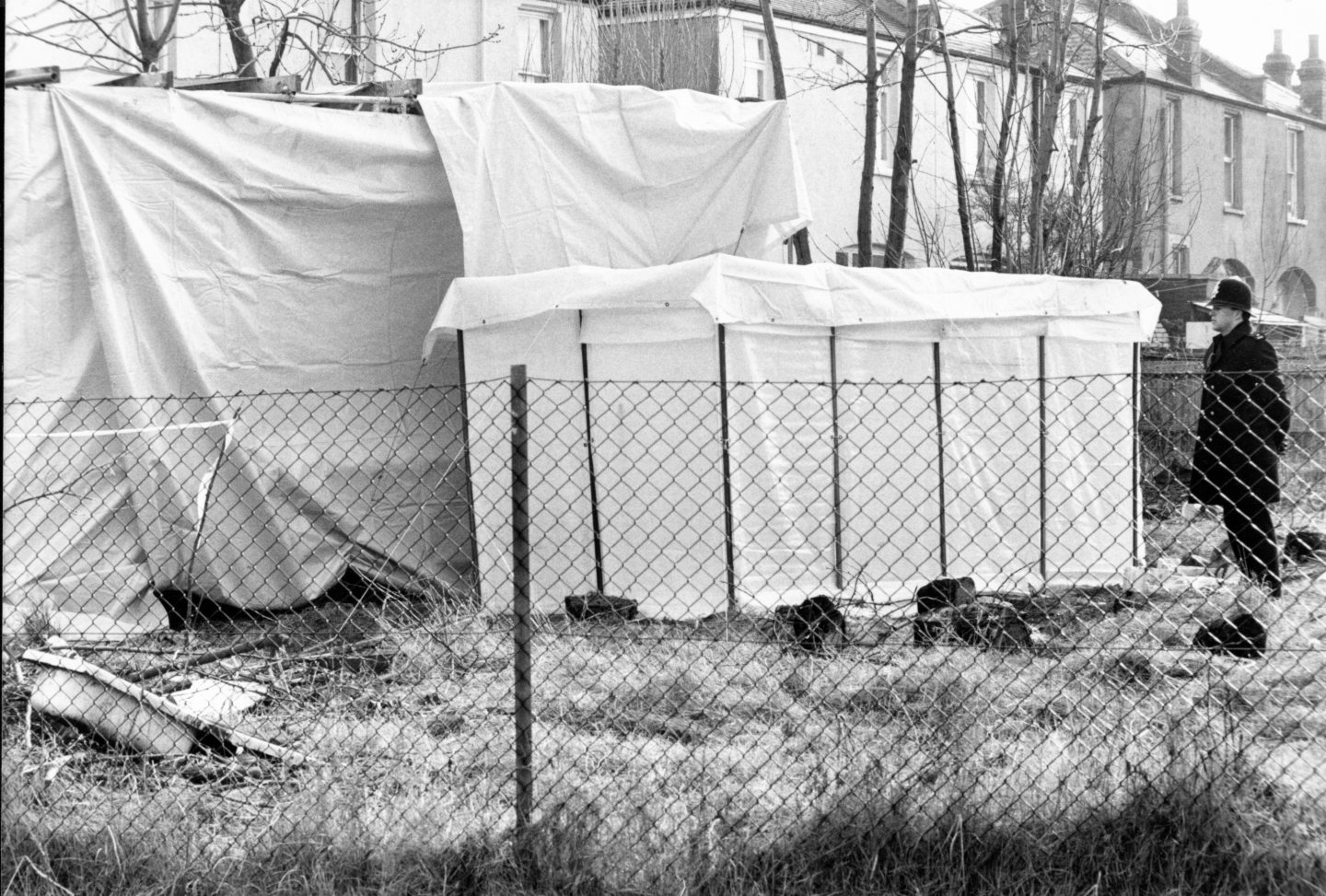
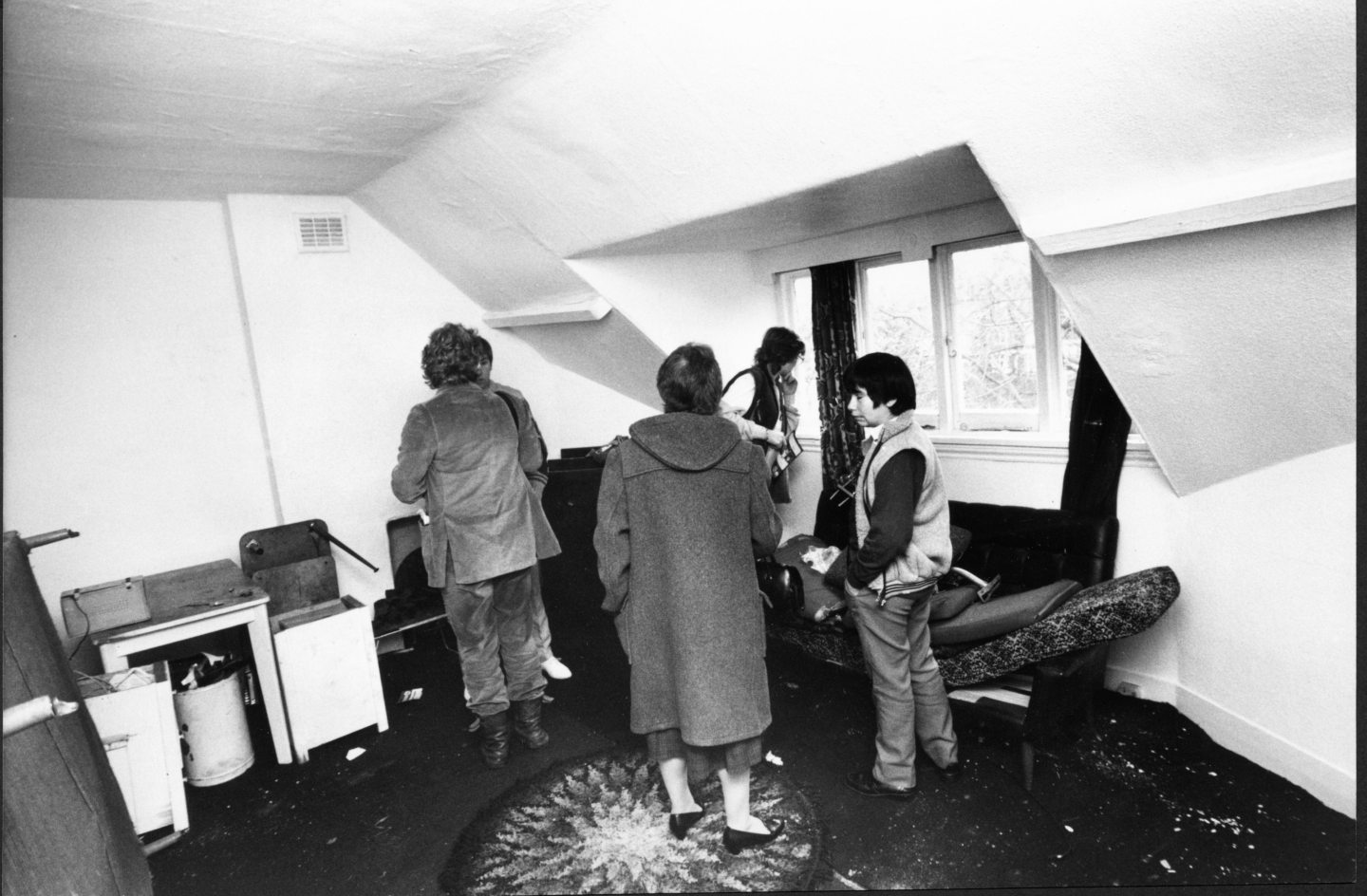
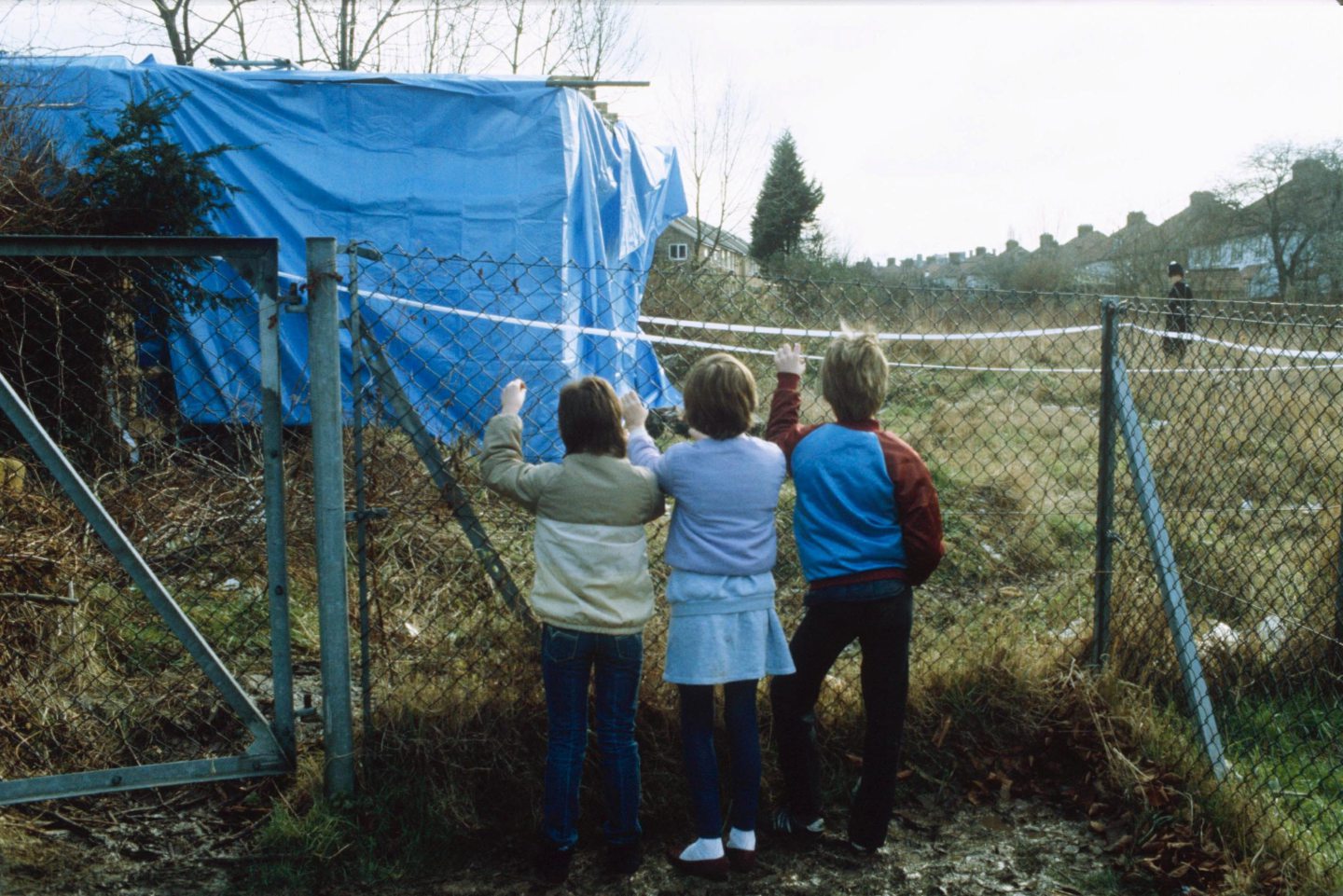
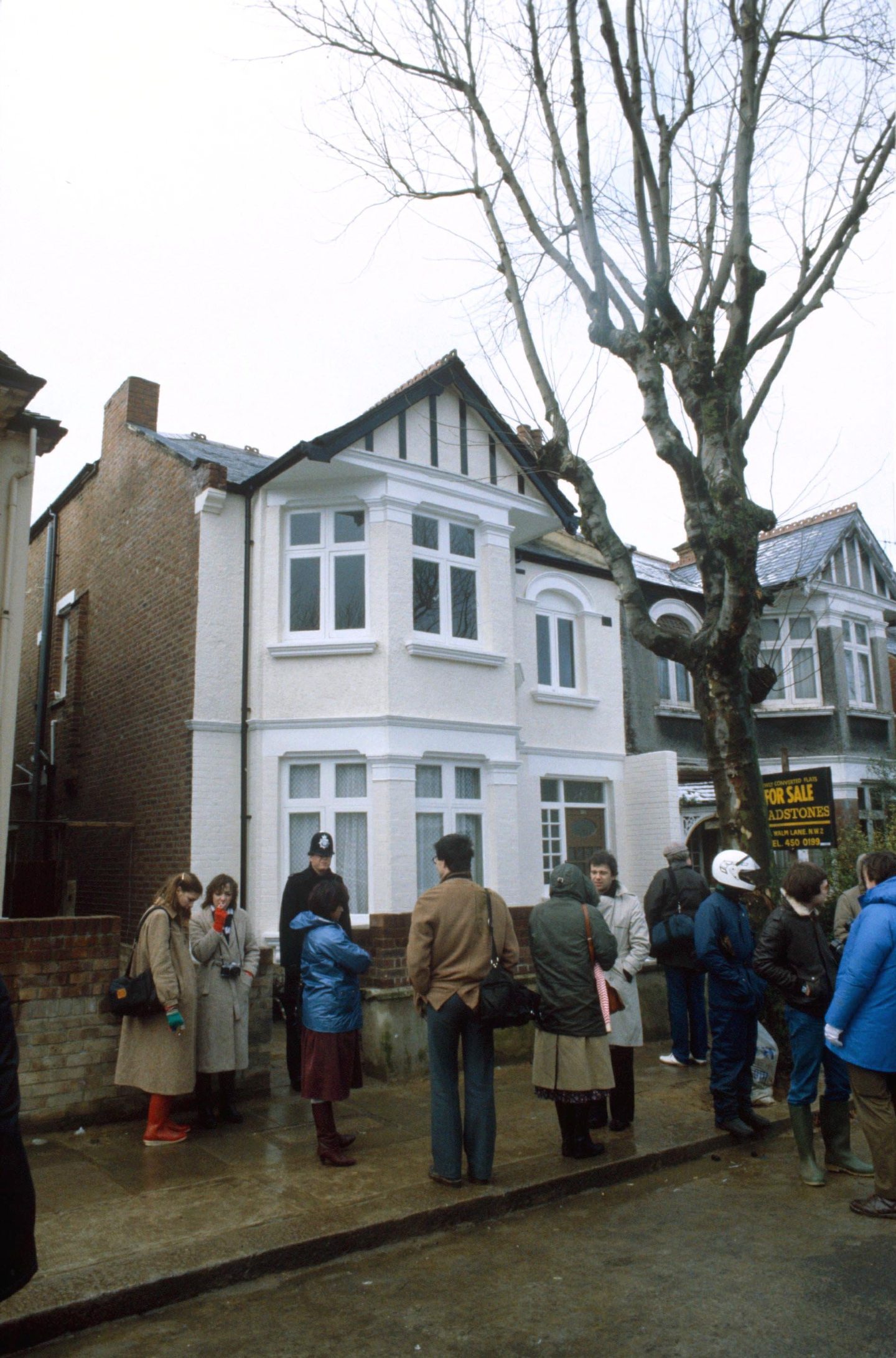


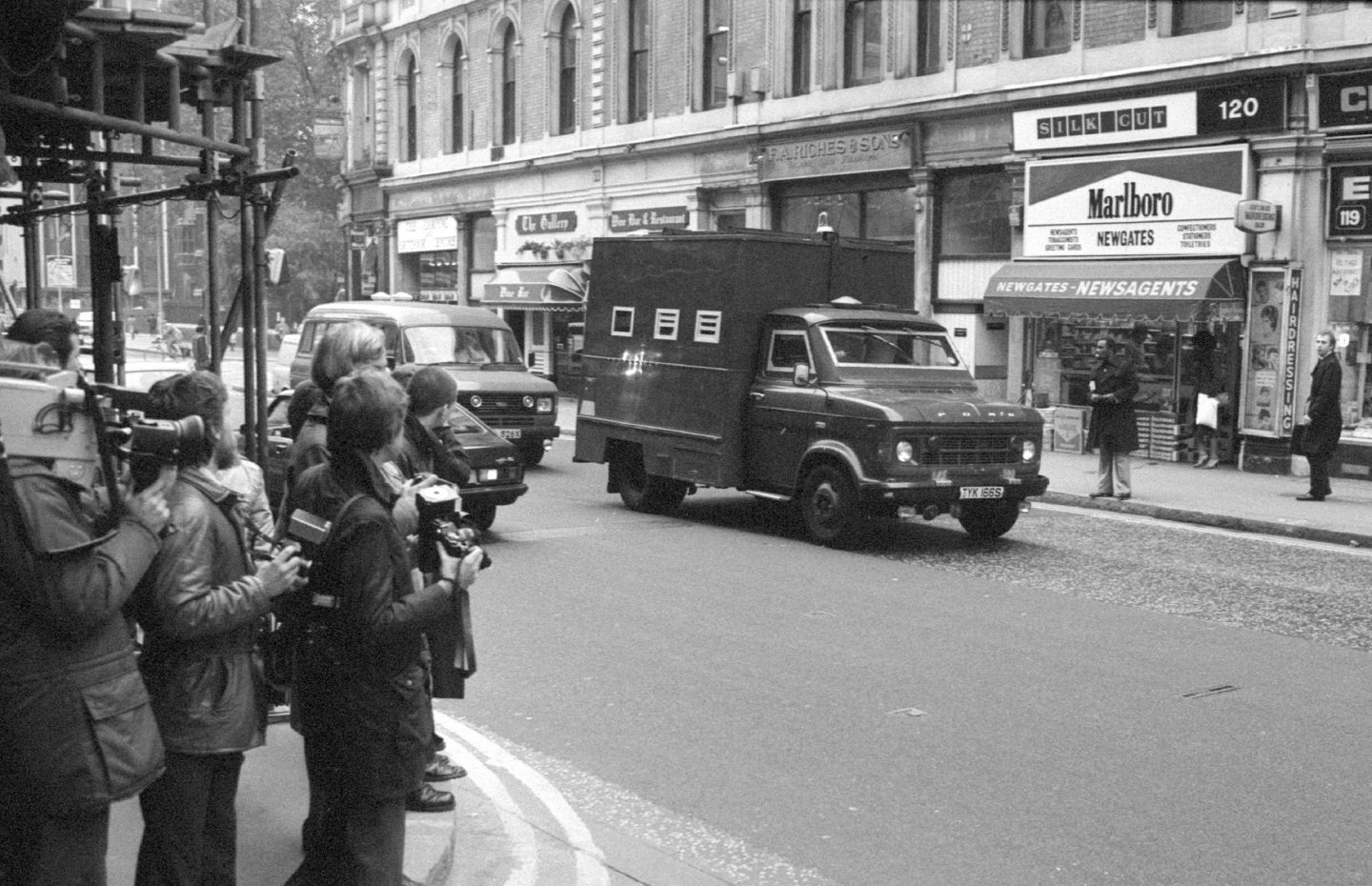
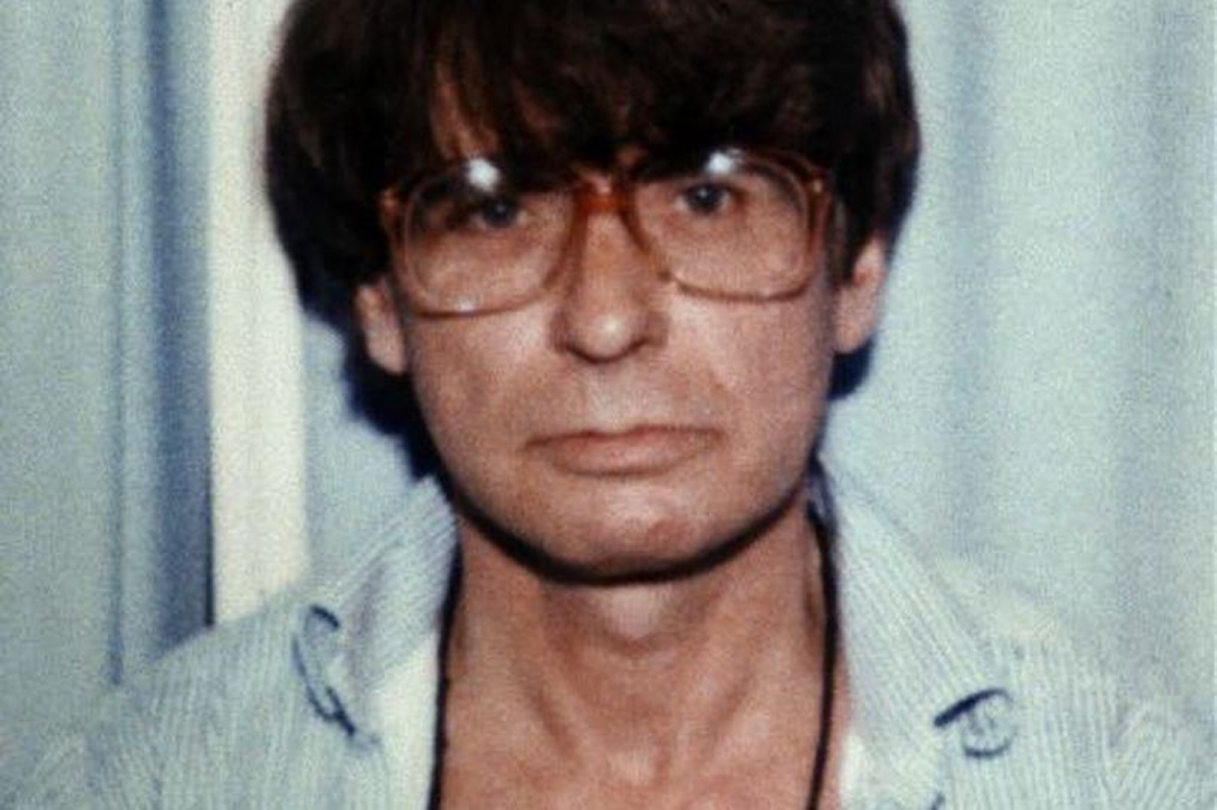
Conversation